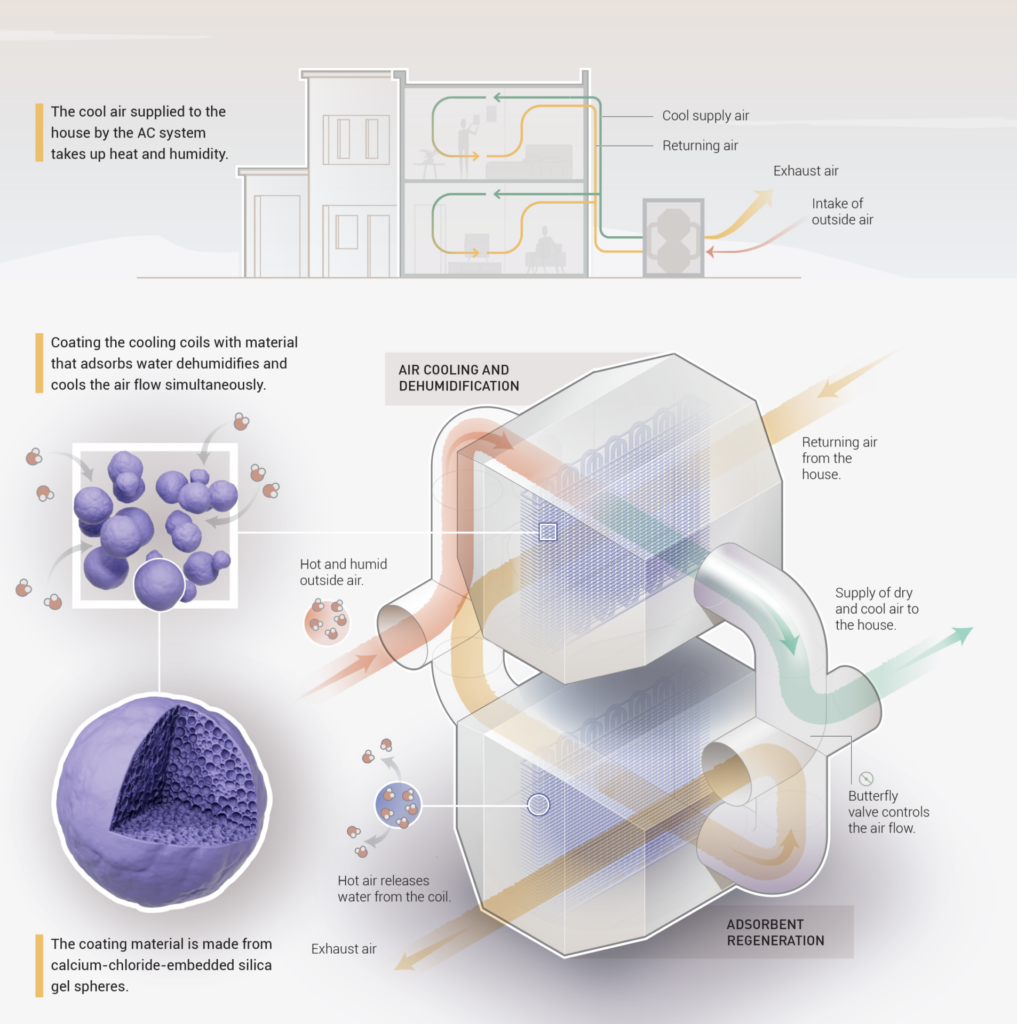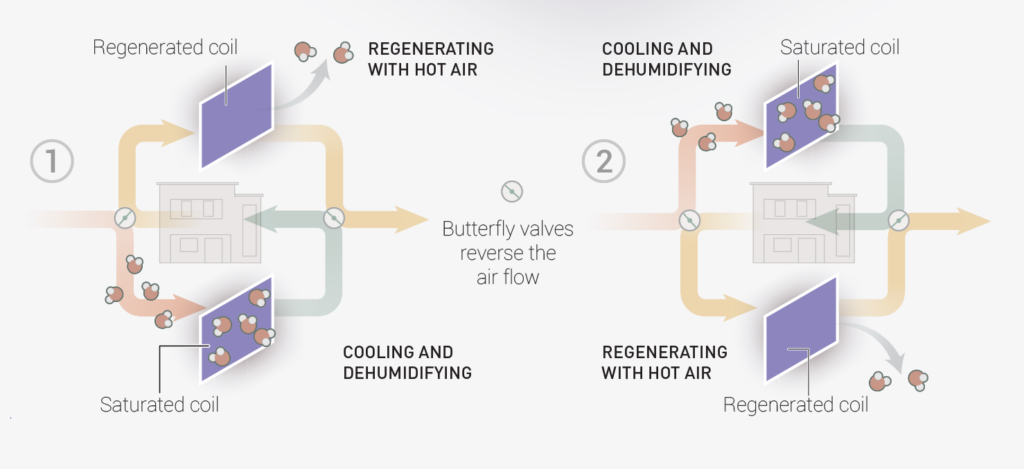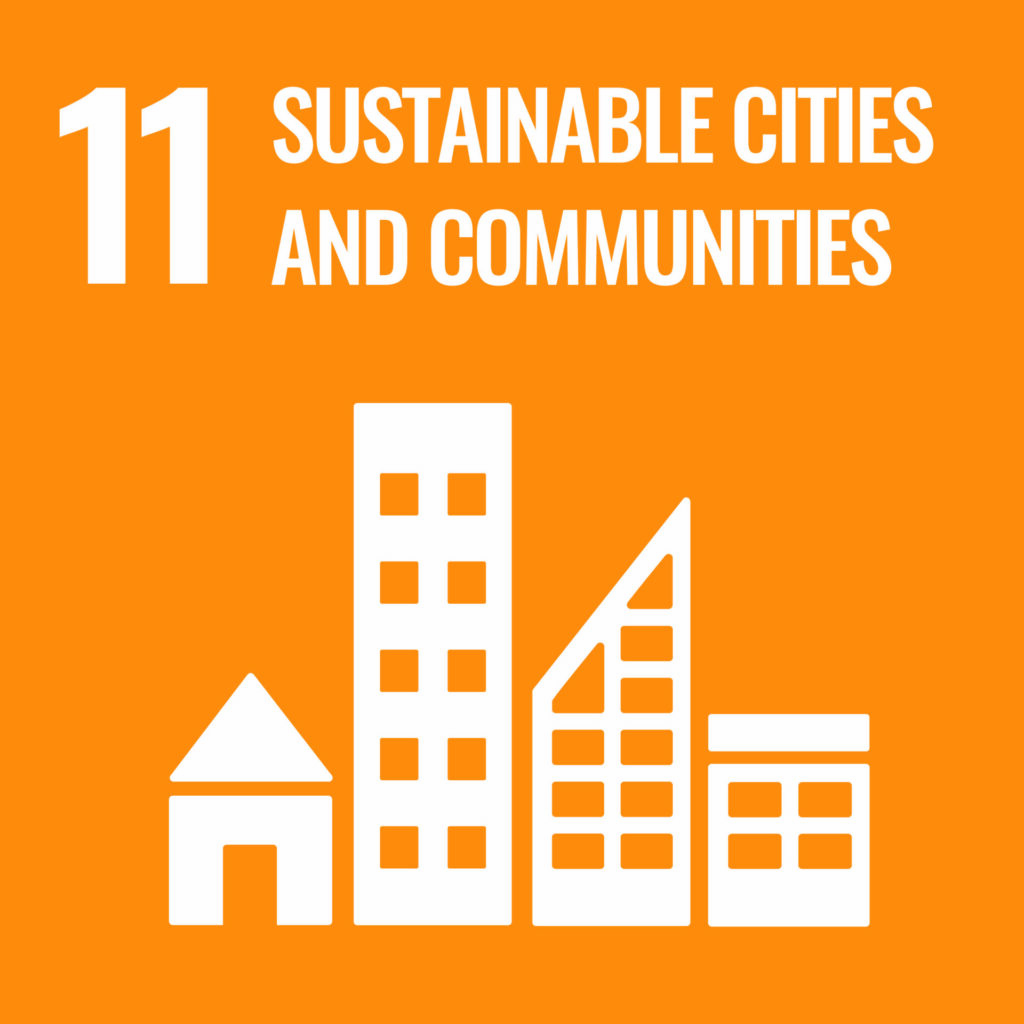A new air-cooling system, which offers a dramatic efficiency increase over existing air conditioning systems, is being piloted at KAUST to see how it behaves under weather conditions experienced in Saudi Arabia.
Air conditioning systems in use today typically achieve only 35–40 percent of the cooling possible for the amount of electricity they consume. As well as their principal task of cooling air, they also remove moisture from the air by lowering its temperature to the level at which the water in it condenses. This double step wastes a lot of energy.

In this new system, the proprietary adsorbent coats the coils of a mechanical vapor compressor, which cools the air the adsorbent has dehumidified in the manner of a conventional AC system. Air flow through the system is reversed and then reversed again in a period cycle to regenerate the saturated adsorbent.
A team led by Kim Choon Ng has now devised a way to reduce the amount of energy consumed by decoupling the two processes. Instead of dehumidifying air by cooling it, the system uses a more efficient process called adsorption. This binds the water in the air to the surface of a specially developed nanomaterial. Made of calcium chloride salt embedded in a silica gel lattice, this material can adsorb up to 20 times as much water as conventional silica gel in proportion to its weight.

Ng is now testing prototypes, and findings to date show an improvement in efficiency of 30–60 percent over conventional air conditioners. “This new type of air conditioner could offer a much-needed means to slow down the increasing contribution of cooling systems to climate change,” says Ng.
Global consumption of air conditioning electricity, mainly generated from burning fossil fuels, has risen from 600 TWh in 1990 to 2,200 TWh in 2020, and based on current trends, could reach 6,300 TWh in 2050. By then, half of all electricity used by the world’s hottest countries, including Saudi Arabia, would be used just for keeping people cool.


